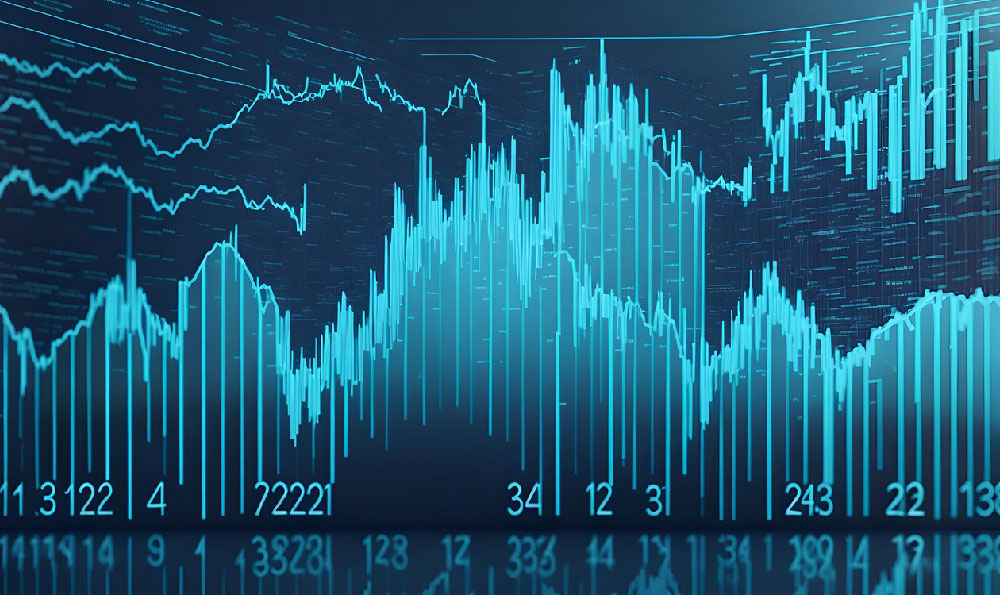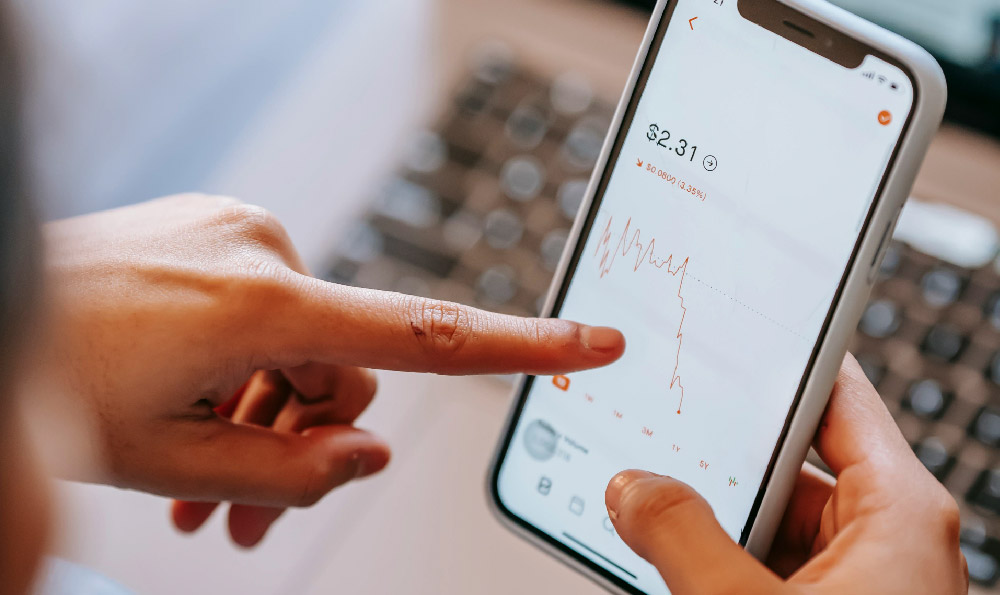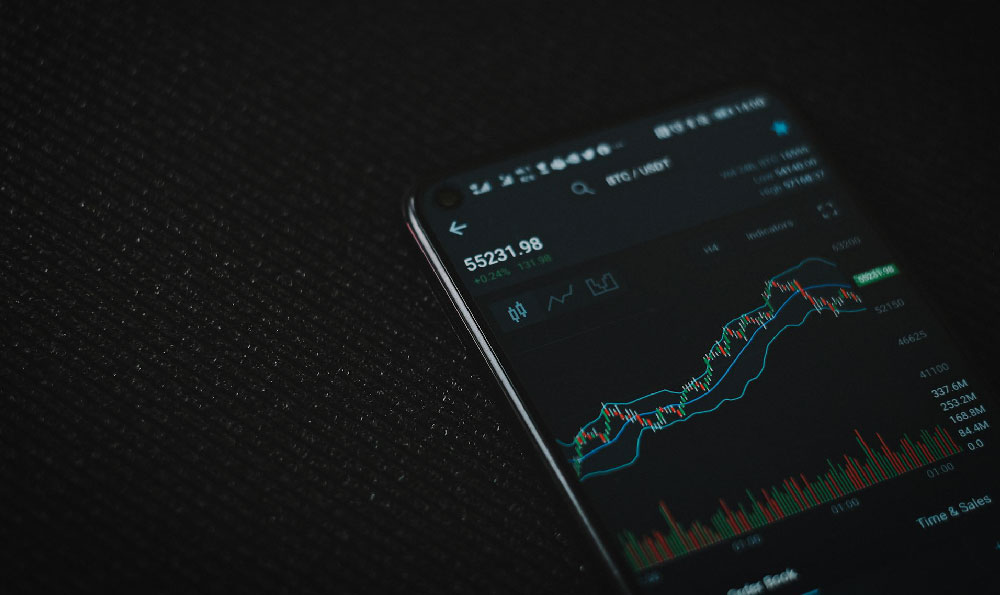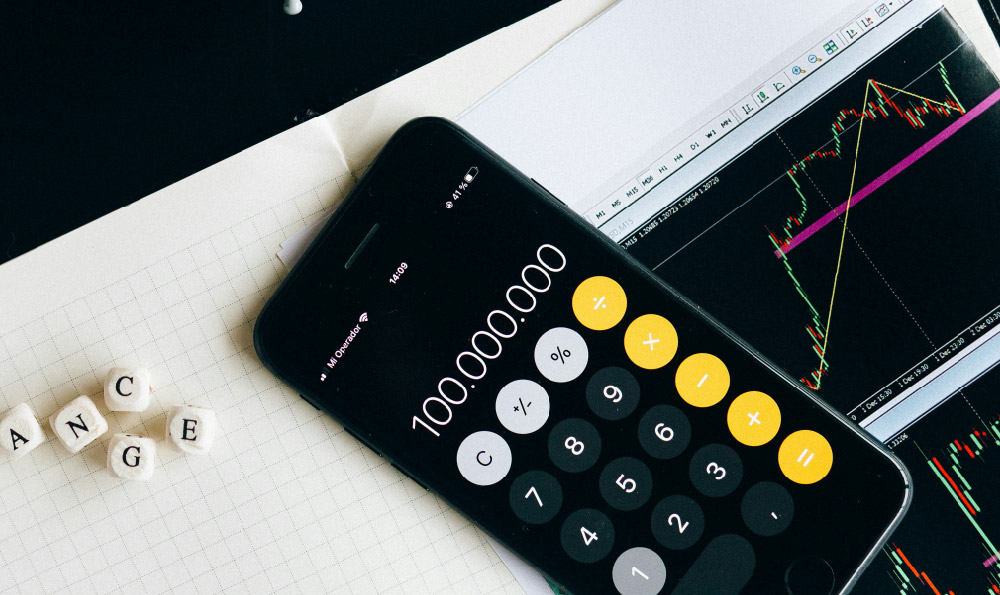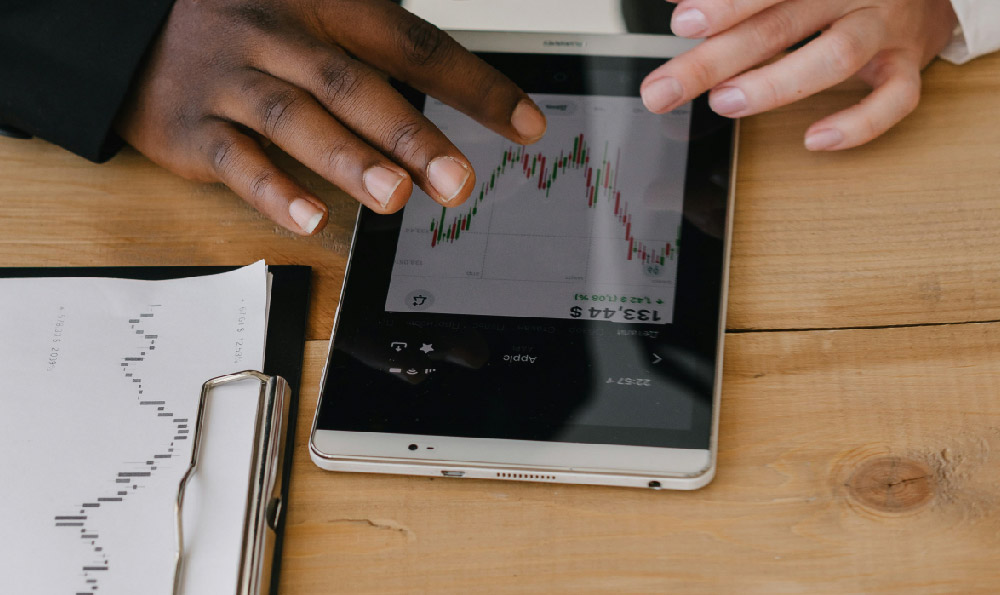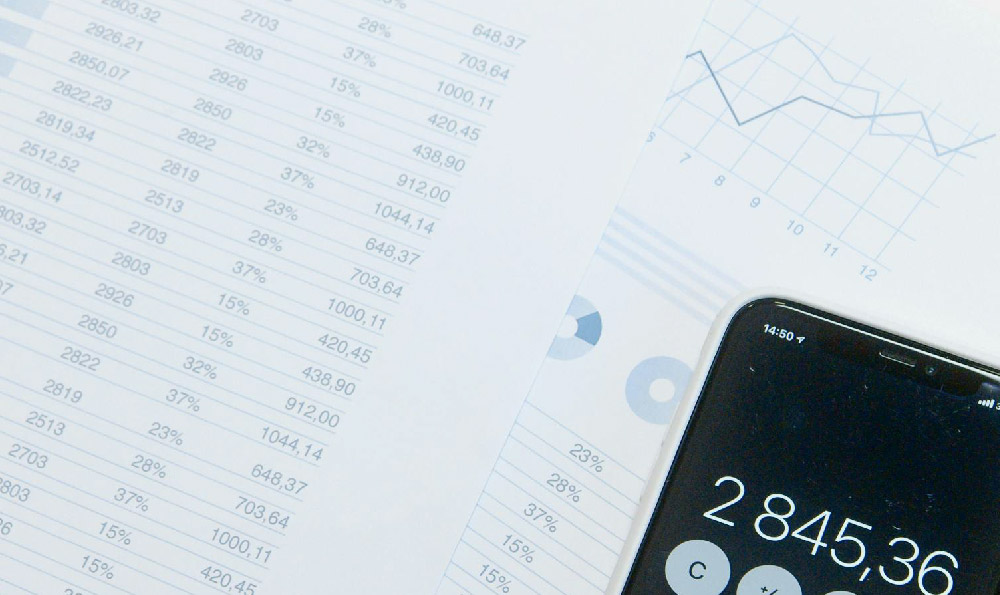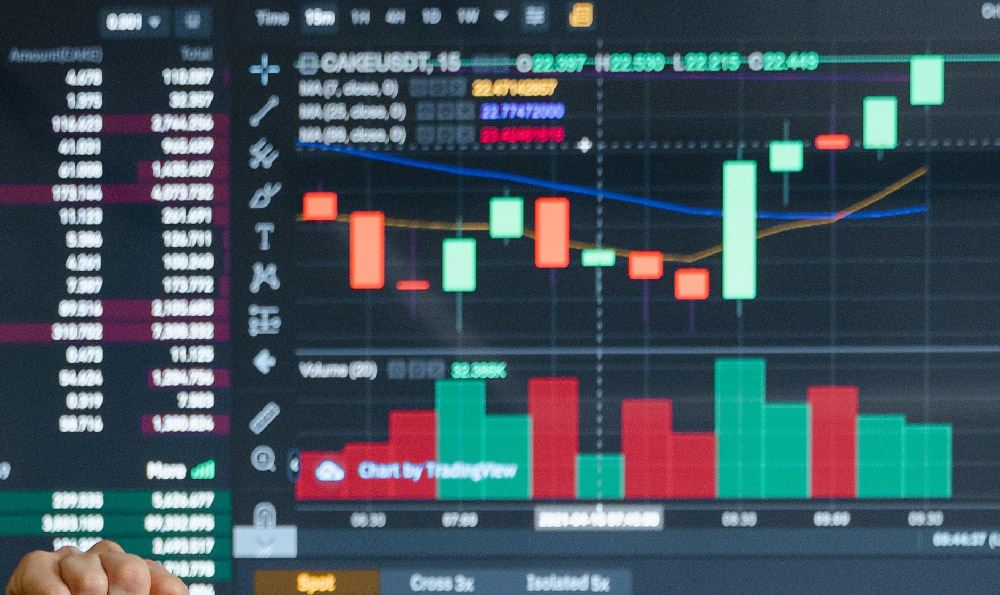How to Day Trade: Is It Possible to Make Money?

Day trading, the practice of buying and selling financial instruments within the same trading day, aims to capitalize on small price movements. In the realm of cryptocurrencies, the allure of quick profits combined with the inherent volatility of the market has drawn numerous individuals to explore this high-stakes strategy. The question of whether it's possible to consistently generate income through day trading cryptocurrencies, however, demands a nuanced exploration of its potential and pitfalls.
The theoretical basis for profitable day trading rests on the ability to accurately predict short-term price fluctuations. This involves a combination of technical analysis, fundamental analysis (although less relevant in very short time frames), and an understanding of market sentiment. Technical analysis utilizes charts and indicators to identify patterns and potential entry and exit points. Popular tools include moving averages, Relative Strength Index (RSI), MACD, and Fibonacci retracements. Fundamental analysis, while less emphasized in intraday trading, can still play a role by informing traders about significant news events, regulatory changes, or technological advancements that might influence specific cryptocurrencies. Furthermore, gauging market sentiment, often through social media and news aggregators, can provide clues about the prevailing mood of investors, which can impact price momentum.
The potential advantages of cryptocurrency day trading are compelling. The high volatility, a characteristic often associated with risk, also presents numerous opportunities for profit. Even small price swings can translate into substantial gains when leveraged effectively. The 24/7 nature of the crypto market allows for trading at any time, providing flexibility for individuals with different schedules. Also, the relatively low barriers to entry – the ability to start with small amounts of capital and readily available trading platforms – make it accessible to a wider audience.
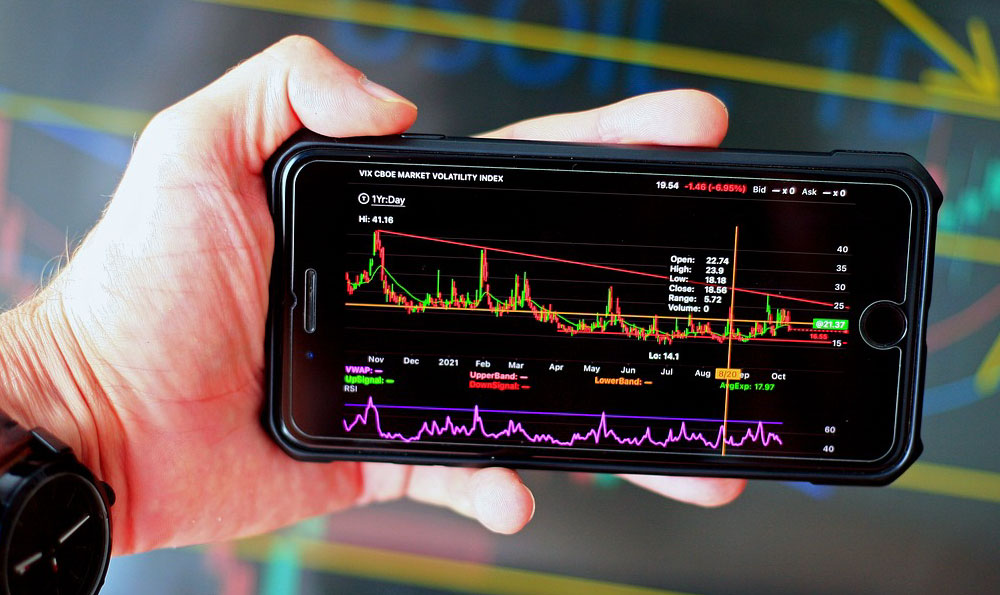
However, the reality of consistently profiting from day trading is significantly more challenging than the theoretical promise. The most substantial obstacle is the sheer difficulty of accurately predicting market movements in the short term. Cryptocurrency markets are notoriously unpredictable, driven by a complex interplay of factors that are often difficult to quantify or anticipate. News events, regulatory announcements, social media hype, and even whale movements can trigger sudden and dramatic price swings.
Moreover, successful day trading requires a disciplined approach, a deep understanding of risk management, and a considerable investment of time and effort. The psychological pressures involved are immense. The need to make rapid decisions under pressure, the constant monitoring of price charts, and the emotional impact of losses can be mentally draining and can easily lead to impulsive actions that undermine trading strategies. Fear of missing out (FOMO) and the urge to chase profits are common pitfalls that can trap inexperienced traders.
Effective risk management is paramount for survival and profitability in day trading. This includes setting stop-loss orders to limit potential losses on individual trades, diversifying trading capital across multiple cryptocurrencies (within reason), and carefully managing leverage. Using excessive leverage can amplify both profits and losses, potentially wiping out an entire trading account in a single bad trade. It's also crucial to avoid overtrading, which is the tendency to execute too many trades based on emotions rather than sound analysis.
Another significant challenge is the prevalence of market manipulation in the cryptocurrency space. Pump-and-dump schemes, wash trading, and other deceptive practices can create artificial price movements that trap unsuspecting traders. The lack of regulation in some cryptocurrency markets makes it more vulnerable to these types of manipulations. It is therefore essential to be vigilant and skeptical, especially when dealing with lesser-known or low-liquidity cryptocurrencies.
The cost of trading, including transaction fees, exchange fees, and slippage (the difference between the expected price and the actual execution price), can also eat into profits. These fees can accumulate rapidly with frequent trading, especially on platforms with high commission rates. Therefore, selecting a trading platform with competitive fees is important.
In light of these challenges, aspiring day traders need to approach the activity with realistic expectations and a strong commitment to learning and self-improvement. A comprehensive understanding of technical analysis, risk management, and market psychology is essential. Paper trading or demo accounts, which allow traders to practice their strategies without risking real money, are valuable tools for honing skills and testing different approaches. Backtesting, the process of analyzing historical data to evaluate the performance of a trading strategy, can also provide insights into its potential profitability.
Finally, it's important to acknowledge that day trading is not a get-rich-quick scheme. It's a demanding and risky endeavor that requires significant time, effort, and discipline. While it is possible to make money day trading cryptocurrencies, the odds are stacked against the average individual. The vast majority of day traders lose money in the long run. Therefore, before venturing into this arena, it is crucial to carefully assess your risk tolerance, financial resources, and level of commitment. Consider alternative investment strategies, such as long-term holding or staking, which may offer a more stable and less stressful path to financial growth. If you choose to day trade, treat it as a serious business, not a gamble, and be prepared to invest the necessary time and effort to develop the skills and knowledge required for success.


